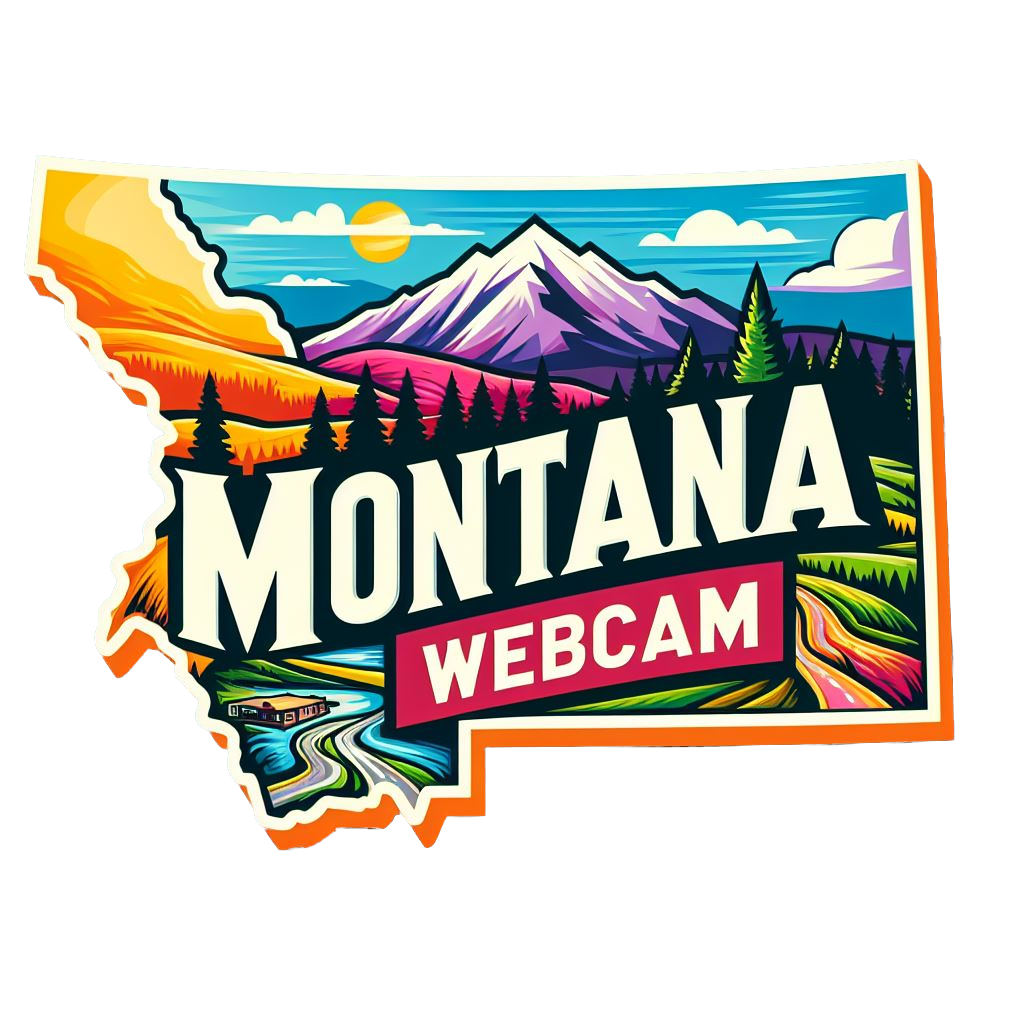Billings, MT Weather Cams
KTVQ Cam 1

KTVQ Cam 2

Stockman Bank Camera – King Ave Cam (Live Stream)
Stockman Bank Camera – King Ave Cam (Latest Image)

Shiloh Road (looking south), Billings

Shiloh Road (looking north), Billings

Zimmerman Trail Cam looking south

Zimmerman Trail Cam looking north

Billings Logan Intl Airport FAA Webcam
Billings, Montana: A Legacy of Growth and Resilience
Introduction: The Gateway to the West
Billings, MT Weather Cams. Nestled along the banks of the Yellowstone River in southern Montana lies the vibrant city of Billings, often referred to as the “Gateway to the West.” With its rich history, thriving economy, and stunning natural landscapes, Billings has earned its reputation as a regional hub for commerce, culture, and outdoor adventure. Explore the captivating story of Billings as it has evolved from a small frontier town into Montana’s largest city and a dynamic center of life on the Northern Plains.
Native American Heritage: A Land of Abundance
Long before the arrival of Euro-American settlers, the Billings area was home to indigenous peoples who thrived in the bountiful landscape of the Yellowstone Valley. Tribes such as the Crow and Sioux roamed the vast prairies, hunting bison, fishing in the river, and gathering wild plants for food and medicine. The Yellowstone River served as a lifeline for these nomadic tribes, providing sustenance and resources for their communities.
Exploration and Settlement: From Lewis and Clark to Pioneers
The arrival of Euro-American explorers and fur traders in the early 19th century brought profound changes to the Billings area. In 1806, the Lewis and Clark Expedition passed through the Yellowstone Valley on their return journey from the Pacific Coast, noting the fertile soil and abundant wildlife of the region. The establishment of Fort Benton in 1846 as a fur trading outpost further opened up the Yellowstone Valley to Euro-American settlement, paving the way for pioneers seeking new opportunities in the West.
Railroad Boom: The Birth of Billings
The development of the railroad in the late 19th century played a pivotal role in the growth and development of Billings. In 1882, the Northern Pacific Railway reached the Yellowstone Valley, laying the foundation for the establishment of a new townsite. The city of Billings was founded by Frederick H. Billings, president of the Northern Pacific Railway, who envisioned the town as a bustling commercial center and transportation hub for the region. The railroad brought a steady stream of settlers, merchants, and entrepreneurs to Billings, fueling its rapid growth and prosperity.
Agricultural Heartland: Farming and Ranching
The fertile soil and favorable climate of the Yellowstone Valley made Billings an ideal location for agriculture, and farming and ranching soon became the economic backbone of the region. Homesteaders and immigrants flocked to Billings in search of land and opportunity, establishing farms, ranches, and orchards in the surrounding countryside. Wheat, barley, sugar beets, and hay became staple crops, while cattle ranching thrived on the open range. The agricultural industry continues to play a vital role in the economy of Billings to this day.
Oil Boom: Black Gold and Prosperity
In the early 20th century, the discovery of oil in the nearby Williston Basin brought new wealth and prosperity to Billings. The city became a hub for oil exploration, drilling, and refining, attracting investment from major energy companies and fueling a period of rapid industrialization and urban growth. The development of oil fields and refineries in the surrounding area created jobs, stimulated economic activity, and transformed Billings into a thriving metropolis.
Cultural Crossroads: Diversity and Dynamism
Throughout its history, Billings has been shaped by waves of immigration and cultural diversity, contributing to its vibrant and cosmopolitan character. Immigrant communities from Europe, Asia, and Latin America have enriched the cultural fabric of Billings, bringing with them their languages, traditions, and culinary delights. The city’s downtown district, with its historic buildings, eclectic shops, and vibrant arts scene, reflects the diverse heritage and dynamic spirit of Billings.
Modern Era: Growth and Development
In the latter half of the 20th century, Billings experienced continued growth and development as it emerged as a regional center for commerce, healthcare, education, and tourism. The expansion of industries such as healthcare, finance, and technology brought new opportunities for employment and investment, while the revitalization of downtown and the development of suburban neighborhoods enhanced the quality of life for residents. Today, Billings is recognized as a dynamic and progressive city with a bright future ahead.
Outdoor Recreation: Gateway to Adventure
Surrounded by breathtaking natural beauty, Billings offers endless opportunities for outdoor recreation and adventure. The nearby Beartooth Mountains, Yellowstone National Park, and Bighorn Canyon National Recreation Area provide scenic vistas, hiking trails, and wildlife viewing opportunities for outdoor enthusiasts. The Yellowstone River, with its blue-ribbon trout fishing and scenic float trips, offers a refreshing escape from the hustle and bustle of city life. Whether exploring the great outdoors or enjoying cultural amenities and urban attractions, residents and visitors alike are drawn to the unique charm and allure of Billings.
Conclusion: Embracing the Spirit of the West
As Billings continues to grow and evolve in the 21st century, it remains true to its Western heritage and pioneer spirit. From its humble beginnings as a frontier town to its status as Montana’s largest city and a vibrant cultural center, Billings embodies the resilience, diversity, and dynamism of the American West. With its thriving economy, strong sense of community, and stunning natural landscapes, Billings is a city on the rise, poised to embrace the opportunities and challenges of the future with optimism and determination.
For more information, visit the official Billings, MT website.
